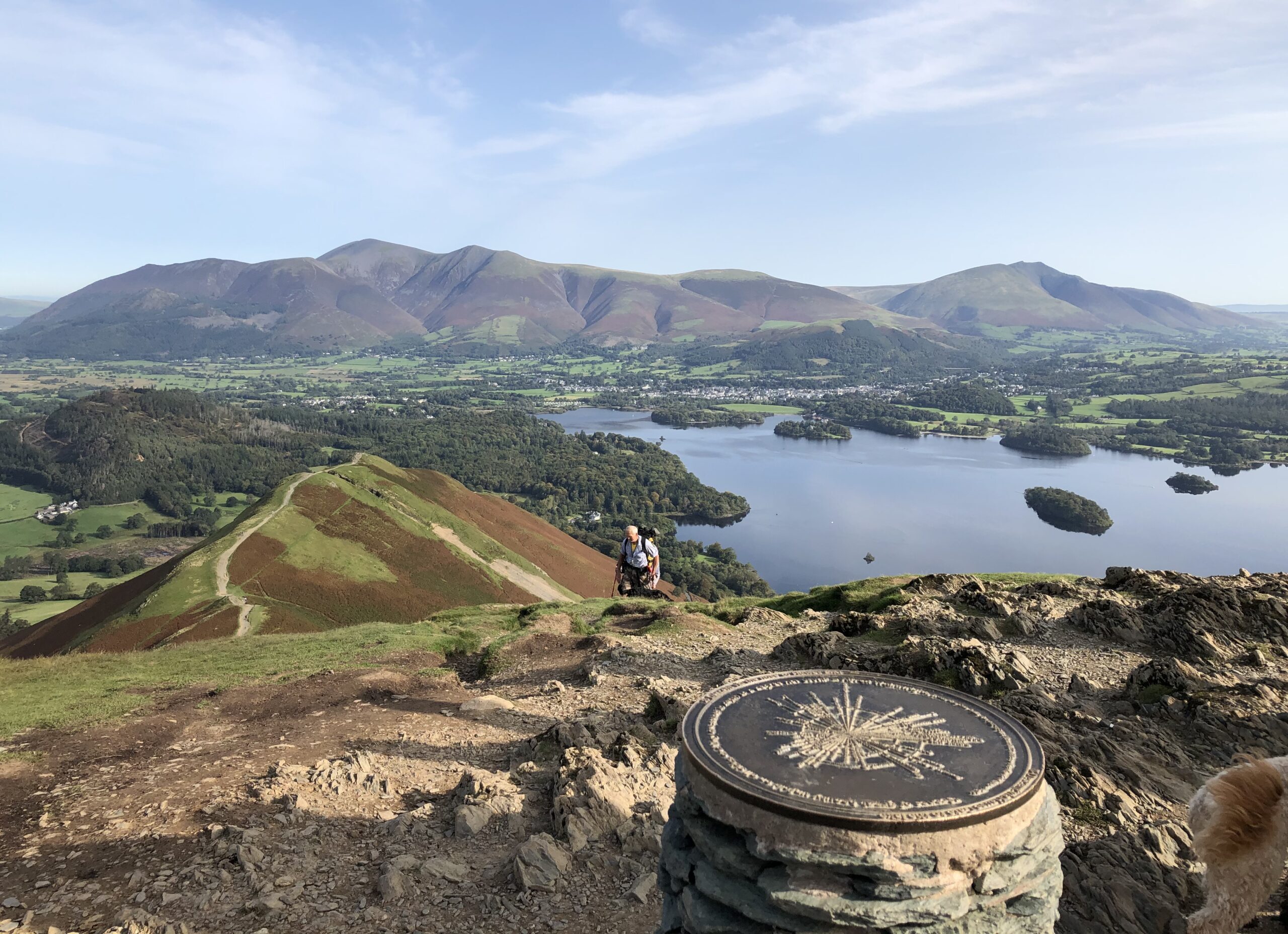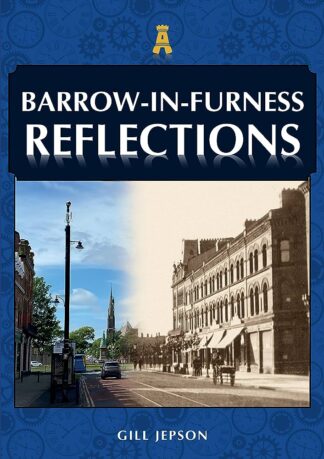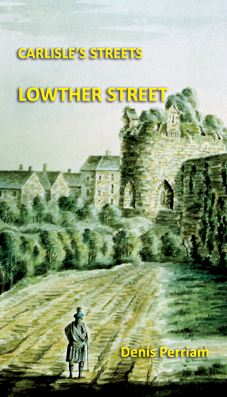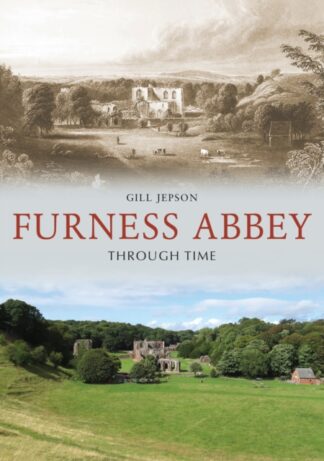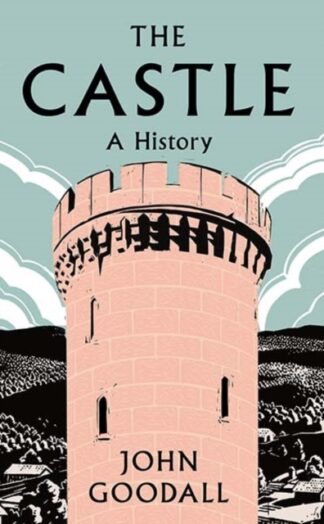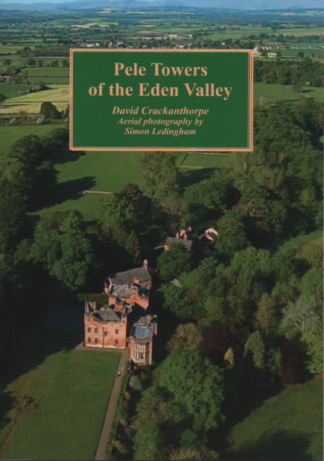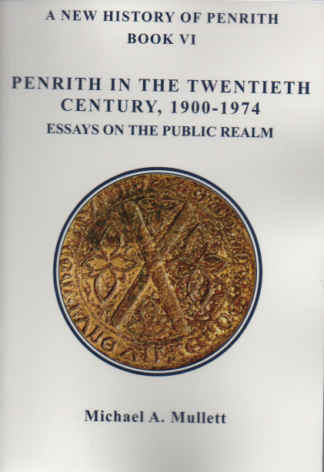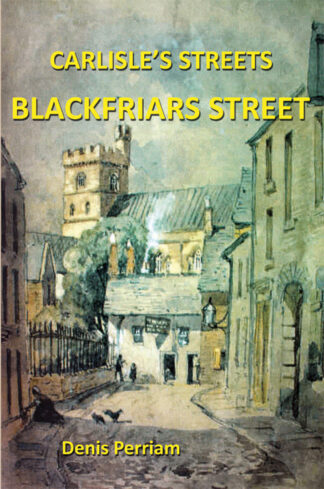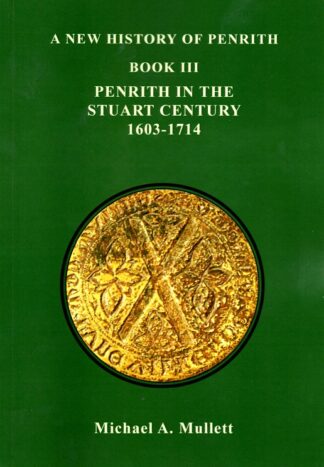Cumbrian architecture, buildings and structures
-
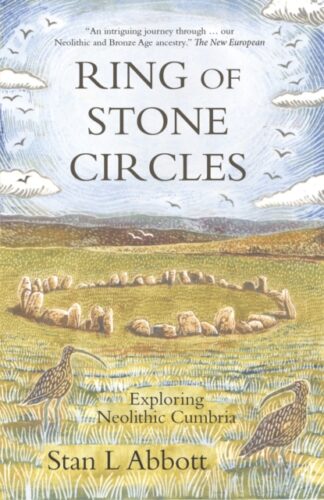
Ring of Stone Circles
£9.99 -
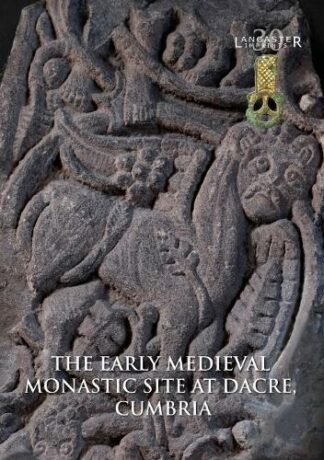
The Early Medieval Monastic Site at Dacre, Cumbria
Lancaster Imprint vol 30
£22.50 -
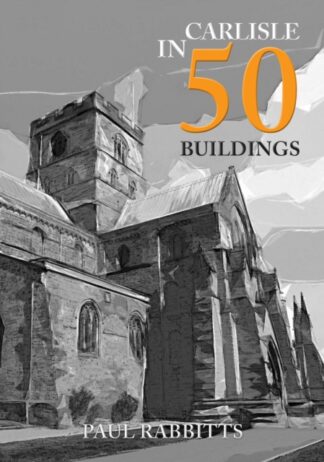
Carlisle in 50 Buildings
£15.99 -
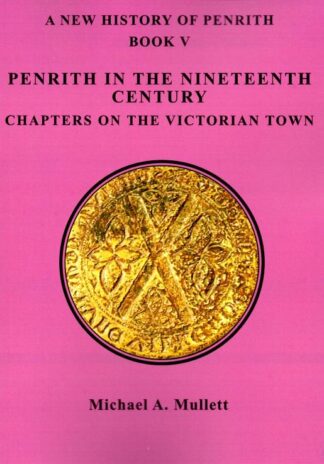
A New History of Penrith Book V
Penrith in the Nineteenth Century - the Victorian Town
£15.00 -
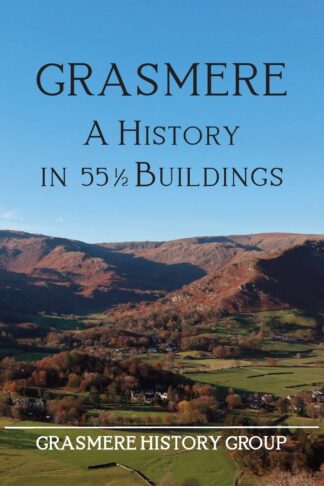
Grasmere
A History in 55 1/2 Buildings
£10.00 -
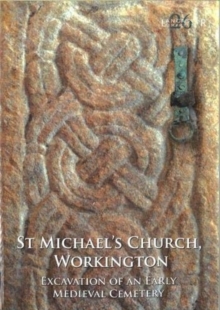
St Michael’s Church, Workington
Excavation of an Early Medieval Cemetery
£20.00 -
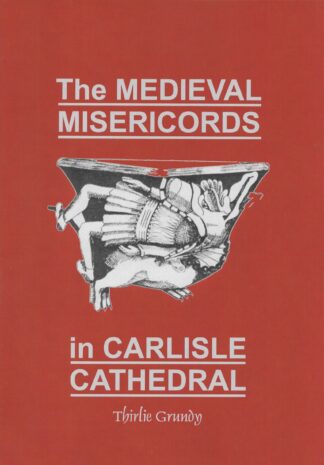
The Medieval Misericords in Carlisle Cathedral
£6.00 -
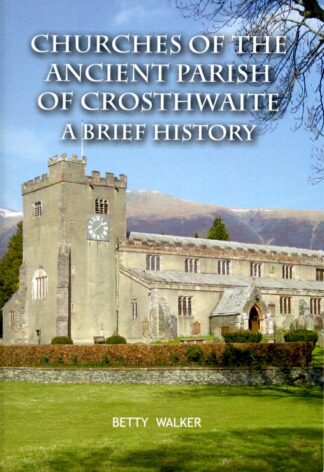
Churches of the Ancient Parish of Crosthwaite
£8.00 -
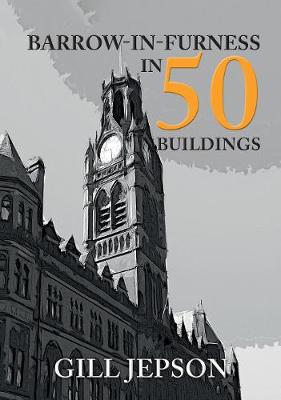
Barrow-in-Furness in 50 Buildings
£14.99 -

The Yards of Kendal
£14.99 -
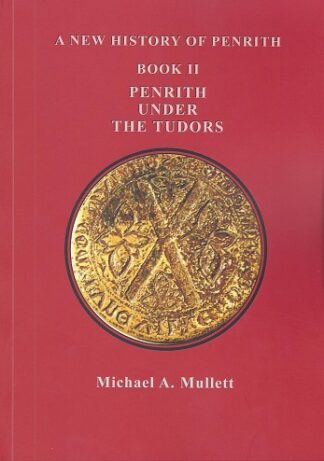
A New History of Penrith Book II
Penrith under the Tudors
£12.00 -
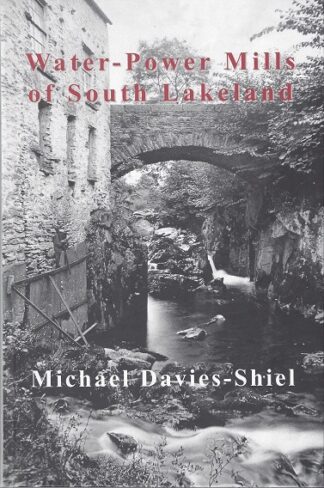
Water-Power Mills of South Lakeland
£24.00
Showing 1–20 of 43 results
